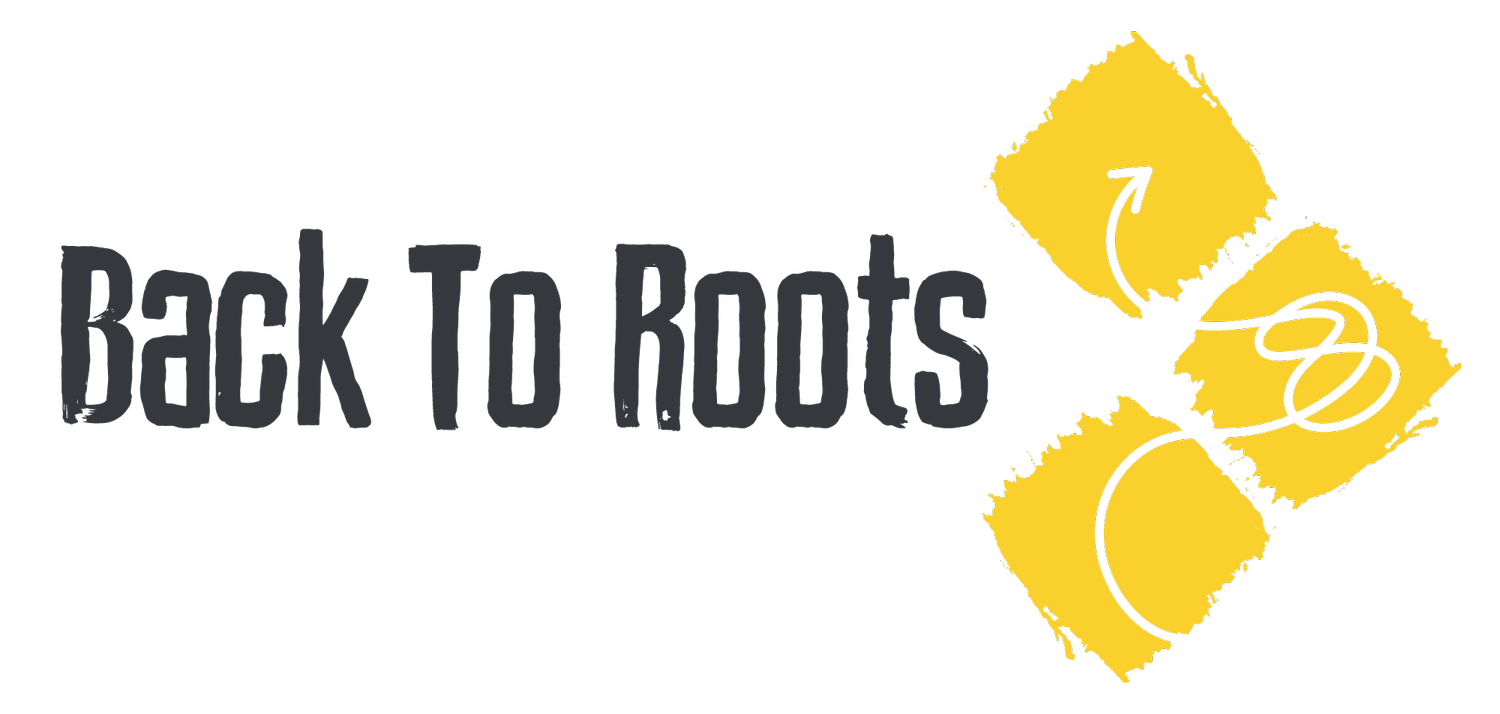A note on metabolism...
Calories are units of energy. Energy balance over time determines whether you lose or gain mass. To build lean mass over time - that is; muscle, tendon, bones, connective tissue or essentially everything except fat, the outcome depends on your ability to manage energy in versus energy out.
In the short term, all kinds of issues can mask your bodies actual energy balance. The most frustrating one being water. Water is approximately 60% of your weight. Your muscles, brain and most organs are 75% water. The total amount can fluctuate daily by a couple of pounds daily and is not important in long term energy balance. The concept of energy balance is by nature, complicated. Well meaning public health officials make claim that the solution to obesity is as simple as "eat less, move more". I like the later half of that statement as more movement I believe is a pretty good universal guideline in the modern war against sedentary lifestyle, but while most people will benefit from eating less, there is an issue with that as a blanket approach.
Invariably, when one eats less, they leave themselves desperately low on protein. Alan Aragon1 guides us through a whistle stop tour of human metabolism.
- Calories in - You eat. Fairly straight forward
- Calories out - On average, 10% of the food you eat will be burned up during digestion, known as the thermic effect of food [TEF]. The TEF for protein is about 25%. That means a quarter of the protein you eat disappears before it reaches your muscles. Fat is about 2-3% and carbohydrates TEF is 6-8%. On these figures alone we can see that "eating less" and specifically less protein makes losing weight more difficult. Replace some fat / carbohydrate with protein and we increase the thermic effect of food nd facilitate weight loss.
- More calories out - Some passes straight through us and out the other end. Enough about those calories. Those calories in the final two steps are what we can actually use.
- More calories out - Here the body gets to work keeping all our vital functions running; breathing, pumping blood, breaking down and building your body at a cellular level, thinking, and so on and so forth. These collectively are called your Basal metabolism, or asal Metabolic Rate [BMR] and can account for up to 70% of energy expended per day. The bodies lean tissue, everything that is not fat is your metabolic driver. With all else equal, the more lean tissue you have, the more calories you need just to keep it all going. More lean tissue increases your BMR.
- Even more calories out - Only then do we get to the voluntary calories we expend moving around, exercising, playing or even having sex. This accounts for approximately 20-30 % total energy expenditure for most of us.
By increasing lean body mass, we build a long term metabolic furnace.
Summary
Between step 1, calorie intake, and step 5, voluntary expenditure, there are 3 fundamental steps accounting for 70-80% of calories out. In reference to the "eat less, move more" mantra, the truth is that the moment you 'eat less' or 'move more', all the steps in between change. When you eat less your body burns less in stages 2 though 5 and when you move more regularly, you will end up eating more, thus changing step 1 and running all the way through 5.
While there are several involuntary ways our body can manipulate metabolism, that does not leave us powerless to make voluntary demands on our system. Eating more protein will have the biggest short term impact as this is what builds lean tissue. Resistance training, or strength training is the key to long term impact as this is the mechanism by which we increase the amount of lean mass, building a metabolic furnace.
Amongst a host of other health reasons to lose fat and build lean tissue, a higher resting metabolic rate leads to a greater energy expenditure at rest and protein intake is key to achieving this.
Luke R. Davies :)
REFERENCES
Schuler, L. and Aragon, A. (2014). The Lean Muscle Diet. Rodale Inc. USA. P. 14-15



